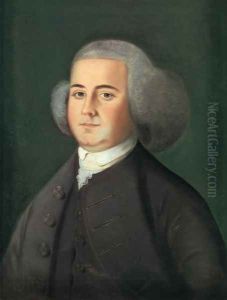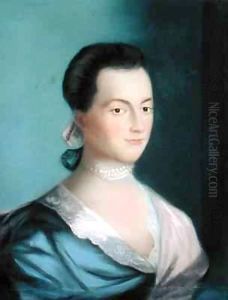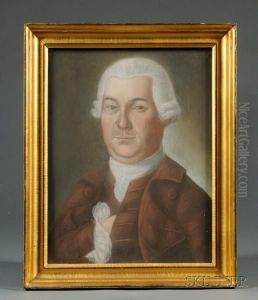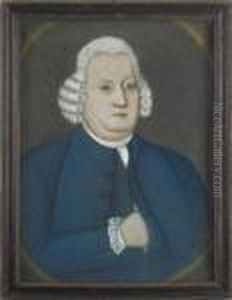Benjamin Blyth Paintings
Benjamin Blyth, sometimes spelled Blythe, was an American portrait painter born in Salem, Massachusetts, in 1746. He is best known for his pastel portraits, which were popular in Colonial America. Blyth worked primarily in Salem and Boston and was a contemporary of more famous American artists such as John Singleton Copley and Gilbert Stuart.
Blyth's early life is not well documented, and little is known about his training as an artist. However, it is clear that by the 1760s, he had established himself as a portraitist in Salem. His works from this period are characterized by their attention to detail and the use of pastel, which was a less common medium at the time, especially in the American colonies.
During the American Revolutionary War, Blyth remained a Loyalist, which affected his career. His political leanings led to a decline in commissions, and he was even imprisoned for a short time because of his sympathies towards the British Crown. Despite these challenges, Blyth continued to work and produced portraits of both Loyalist and Patriot figures.
Blyth's portraits are notable for their expressive faces and the elegant depiction of clothing and fabrics. Although his work was overshadowed by that of his peers, his portraits are valuable for their historical significance and their portrayal of American colonial society. Unlike many of his contemporaries who traveled to Europe for training and inspiration, Blyth spent his entire career in America, which may have contributed to his relative obscurity in the larger canon of American art history.
Benjamin Blyth died in 1785 in Salem. His contributions to American art were largely forgotten until the 20th century when interest in early American portraiture began to revive his reputation among art historians and collectors. Today, his works are considered important examples of early American portraiture and are held in various historical societies and museums across the United States.



